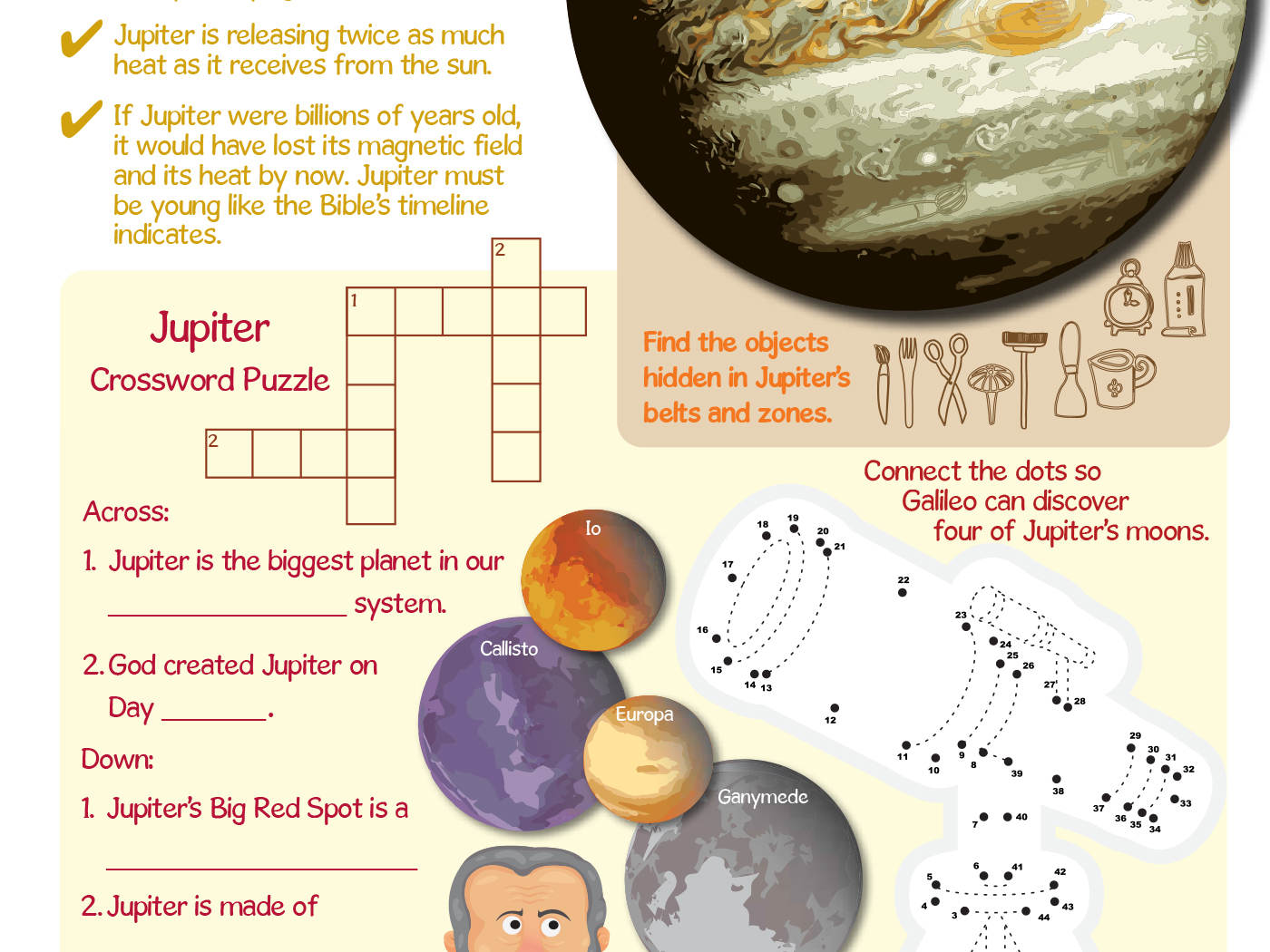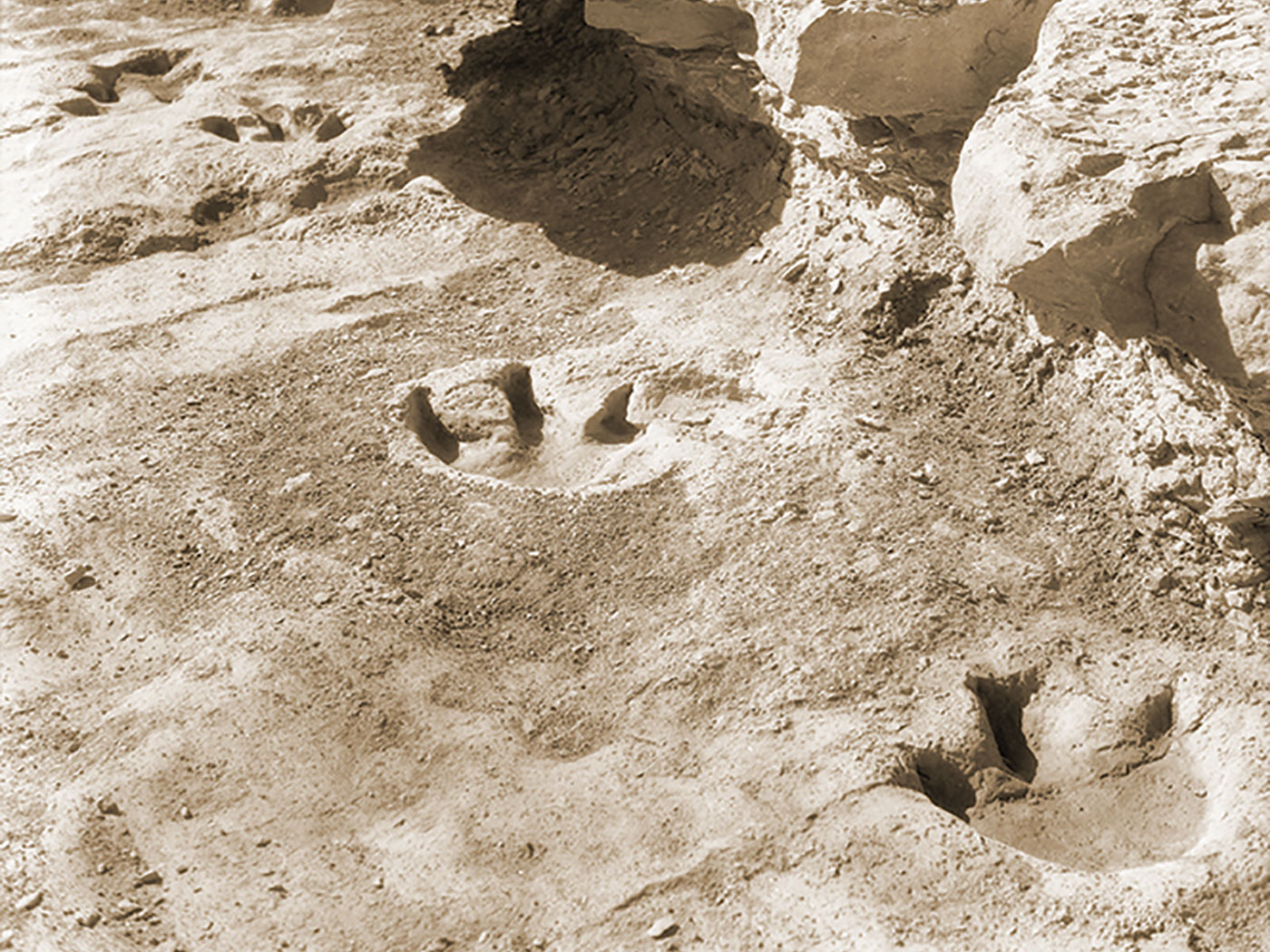How was one of the largest German warships ever built sunk?1 How did marine animals get fossilized alongside dinosaurs?2 Do we need reliable eyewitness reports to know the real truth about non-repeating historic events? In a word, yes.
After the fact, historical causes routinely leave behind physical effects, often with observable characteristics such as fingerprints, tire-tread impressions, or DNA. These can provide reliable inferences about what occurred at a specific location and time.3
However, for complete accuracy, there is nothing like a reliable eyewitness.
Eyewitnesses can report relevant observations—about who, what, how, or why—that otherwise could leave a mystery misunderstood or unsolved.4 At other times, eyewitness testimony may clarify minor details with major ramifications.
Eyewitness testimony relies upon honesty, opportunity to observe, an accurate memory, and testimonial clarity. These forensic principles apply to the challenging task of reconstructing unique actions that happened in the past, because these events (unless recorded on film or video) can’t be seen in the present.3,4 This applies to learning about past occurrences as different as the sinking of a German warship or how sea creatures got fossilized along with land-roaming dinosaurs.
During World War II, Germany’s two largest battleships were the “twins” Bismarck and Tirpitz. The Bismarck was sunk in 1941. In a book chapter titled “The Formidable Tirpitz Succumbs,” historian Astrid Karlsen Scott summarizes the sinking of Germany’s surviving monster battleship. Ms. Scott emphasizes the role of Norwegian resistance fighters who assisted Allied operations as spies and saboteurs.1 This account was reviewed by a Norwegian immigrant friend of mine, Mimi Fossum, who served in the Norwegian resistance as a teenage spy during the war.
Concurring with the book’s overall accuracy, Ms. Fossum recalled how the British Lancaster bombers “snuck thru a gap in the mountains” and bombed the ammunition storage on November 12, 1944. This was after most of the Lancasters had braved a “wall” of anti-aircraft fire from the Tirpitz without a “good hit.”5
Ms. Fossum ended her handwritten memoir with: “I know. I was there.”5 Of course, the destruction of the Tirpitz was an unforgettable experience for the young underground agent, whose business it was to carefully observe military activities.
Some of what happened to the Tirpitz and the surrounding area could be inferred from the physical effects (e.g., Tallboy bomb craters near the site where Tirpitz was sunk) of the repeated attacks. However, as in all forensic investigations, there is nothing quite like a reliable eyewitness.1,5,6
But what about the mixture of marine animals and dinosaur remains? How would land-based reptiles get buried in the same (later hardened) mud layers as squid, shrimp, mussels, lobsters, scallops, oysters, clams, sturgeon, flounder, herring, and orange roughy fish?2 Can we know anything about what caused these physical effects?
In a word, yes—but only if we rely on Genesis 6–9, the inerrant report given by the global Flood’s perfectly reliable eyewitness, God Himself.6 He inspired Genesis, and we hear Him clearly say throughout the Genesis narrative, “I know. I was there.”
References
- Scott, A. K. 2004. Silent Patriot: Norway’s Most Highly Decorated WWII Soldier and Secret Agent. South Jordan, UT: Nordic Adventures, 203-206. See also “RAF bombers sank the German battleship Tirpitz! 1944” and “Tirpitz: The Battle for Hitler’s Supership Full Documentary” on youtube.com.
- Thomas, B. 2016. Mesozoic Seafood Menu Caters to Noah’s Flood. Acts & Facts. 45 (10): 15.
- Johnson, J. J. S. 2014. Is the Present the ‘Key’ to Our Past? Acts & Facts. 43 (6): 19.
- Johnson, J. J. S. Mystick Mystery: Scientists Investigate Connecticut’s Pequot War Battlefield. Presented at the Creation Research Society Conference, Dallas, Texas, July 31, 2015, posted on answersingenesis.org July 8, 2015.
- Personal correspondence from and conversation with Mimi Fossum, native of Tromsø, Norway.
- John 5:44-47; 17:17; 2 Peter 3:1-7. Regarding the importance of eyewitness testimony, see also Acts 1:3; 1 Corinthians 15:3-8; 2 Peter 1:16-21; 1 John 1:1-3.
Image Credit: Copyright © Tirpitz-museum.no. Adapted for use in accordance with federal copyright (fair use doctrine) law. Usage by ICR does not imply endorsement of copyright holder.
* Dr. Johnson is Associate Professor of Apologetics and Chief Academic Officer at the Institute for Creation Research.





.jpg)











